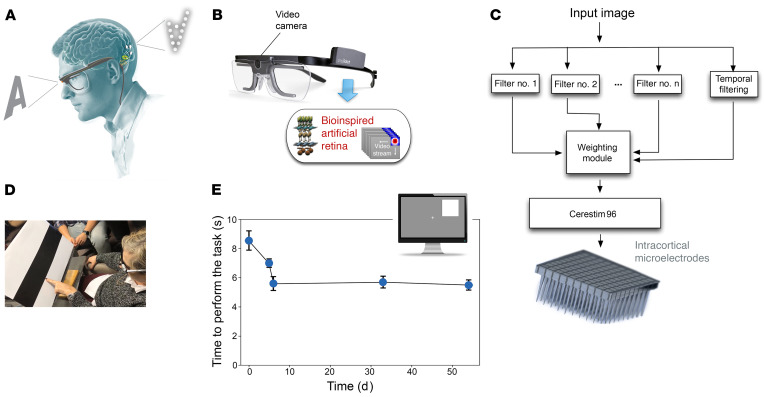Figure 9. Bio-inspired artificial retina.
(A) Schematic organization of the sight restoration concept. (B) The image acquisition system. The input images are captured by a video camera attached to a spectacle frame for subsequent bio-inspired processing. (C) Signal processing module. Input images are processed by a combination of several spatial and temporal filters that enhance specific features of captured information. The weighting module re-encodes this information into a neuromorphic stream of electrode addresses and sends it to the CereStim 96, which generates the stimulation signals applied to the intracortical microelectrodes. (D) Discrimination of the border between black and white bars using the bio-inspired artificial retina (frame extracted from Supplemental Video 1). (E) Evolution of the time required to perform the object location task (4 possible locations) over several days.

